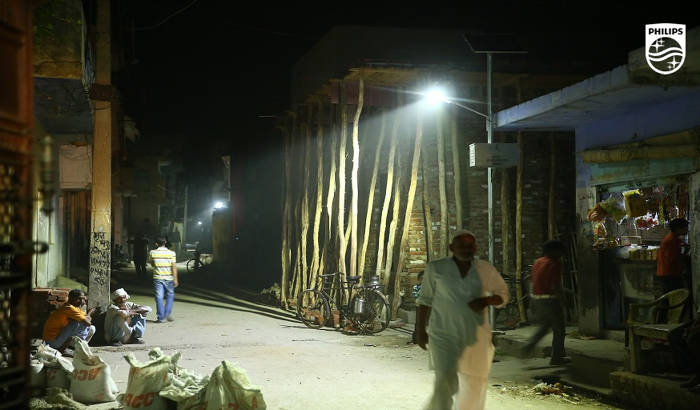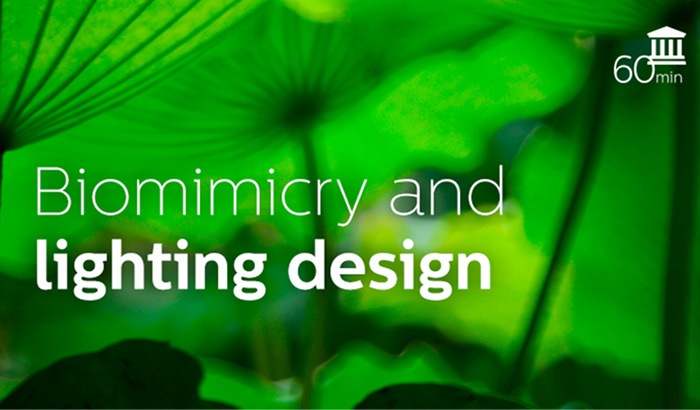- Europe
- Latin America
- Middle East & Africa
- North America
- Asia Pacific
- BelgiqueFrançais
- BelgiëNederlands
- DanmarkDansk
- DeutschlandDeutsch
- Eesti VabariikEesti
- EspañaEspañol
- FranceFrançais
- HrvatskaHrvatski
- IrelandEnglish
- ItaliaItaliano
- LatvijaLatvijas
- LietuvaLietuvių
- MagyarországMagyar
- NederlandNederlands
- NorgeNorsk
- PolskaPolski
- PortugalPortuguês
- RomâniaRomână
- SchweizDeutsch
- SlovenijaSlovenščina
- SlovenskoSlovenčina
- SrbijaSrpski
- SuisseFrançais
- SuomiSuomeksi
- SverigeSvenska
- TürkiyeTürkçe
- United KingdomEnglish
- ÖsterreichDeutsch
- Česká RepublikaČeština
- ΕλλάδαΕλληνική
- БеларусьРусский
- БългарияБългарски
- Российская ФедерацияРусский
- УкраїнаУкраїнська
- ҚазақстанРусский

Solar led street lighting to light up 800 villages in India
Customized systems to bring light to those without access to reliable electrical lighting.
“India has today close to 300 million people who have no access to electricity and they have to depend on wood fire or kerosene for their lighting needs. Through solutions such as solar lighting, we believe that we will be able to bring far less expensive, healthier and environmentally friendly lighting to this large population. This solar mission driven jointly by the government and the private sector can really help in taking the Prakash Path[1] initiative to all of rural India where electricity is unavailable or erratic.” –Harsh Chitale, CEO of Philips lighting in South Asia.
Exacting requirements made for a challenging tender process, but Philips came out on top, winning two major separate LED solar street lighting contracts for UPNEDA (Uttar Pradesh New and Renewable Energy Development Agency) and MANIREDA (Manipur Renewable Energy Development Agency). The focus was energy conversion based on new and renewable energy sources.
The two projects will provide more than 76,000 solar LED street lights across 800 villages in Uttar Pradesh and across the main areas of the state capital as well as small towns and villages of Manipur.
Through the installations, NEDA, the nodal agency of Uttar Pradesh is required to light up the villages in two phases under Dr.Ram Manohar Lohiya Samagra Gram and Janeswar Mishra Gram Yojana, a government funded scheme monitored by the Chief Minister of Uttar Pradesh.

Biomimicry design inspired by nature
Understanding how light is gathered, focused and distributed in nature can help us solve complex design problems. This understanding coupled with the use of biological algorithms can aid the development of lighting solutions that use resources more efficiently and are more adaptable to future challenges.
